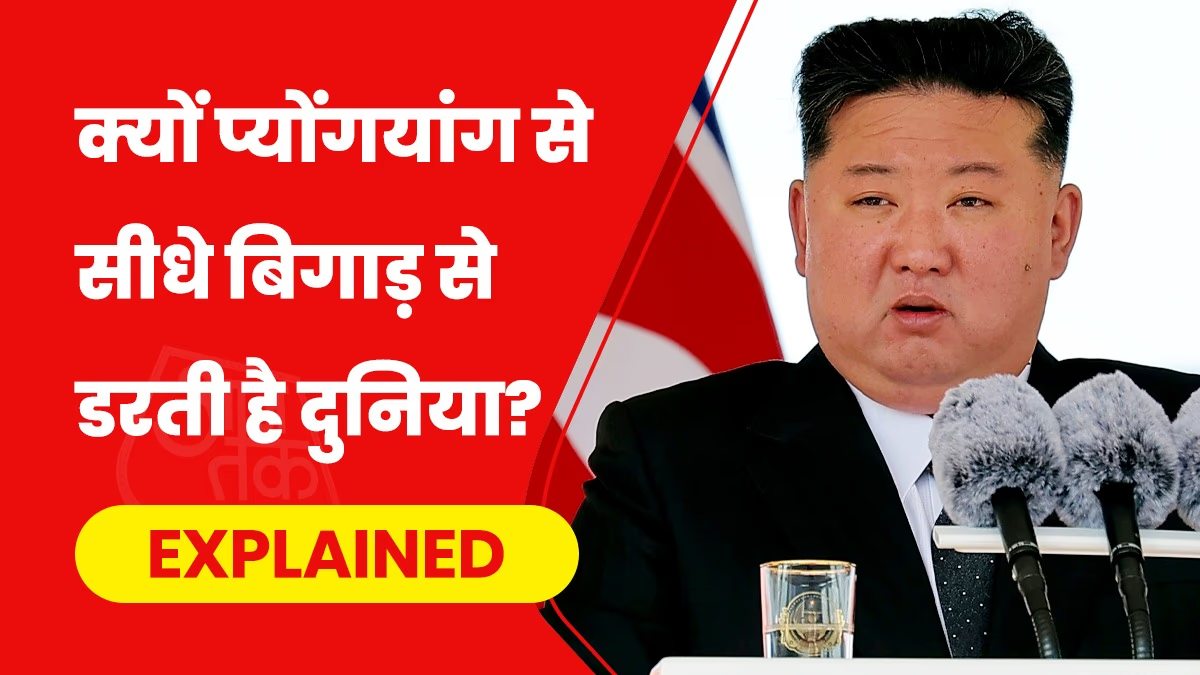The anticipation for the nation's census has culminated as the process officially commences. On Monday, the Ministry of Home Affairs released the official gadget notification regarding the census and caste census under the Census Act, 1948. Multiple agencies engaged in the census will now activate their operations. Initially, staff will be appointed, trained, formats prepared, and fieldwork planning executed. Unprecedentedly, both the general population and caste census will be conducted simultaneously.
Delay Due to the Pandemic
Traditionally, India conducts a census every 10 years to gather data on population, socio-economic status, and vital statistics. Conducted by the Office of Registrar General and Census Commissioner under the Home Ministry, it ranks among the world's largest administrative exercises. The pandemic deferred the 2021 census, rescheduled to start in 2025, affecting the census cycle, with the next due in 2035.
This census will unfold in two phases: the first completes by October 2026, and the second by March 2027. The reference date is midnight, March 1, 2027, during which the population and social status recorded will be finalized and gradually made public. In states with challenging geographical conditions like Jammu & Kashmir, Ladakh, and Uttarakhand, the process will conclude earlier by October 2026, accounting for harsh weather and difficult terrains, with October 1, 2026, as the reference date for these regions.
Post-Census Delimitation
The comprehensive census process concludes by March 2027, spanning roughly 21 months. While primary data might emerge by March, comprehensive data may wait until December 2027. Delimitation of Lok Sabha and Assembly seats could commence by 2028, potentially implementing 33% reservations for women before the 2029 General Elections, clarifying seats reserved for them.

Source: aajtak
Post-census, the Delimitation Commission will form to allocate Lok Sabha seats based on population. This has heightened concerns in southern states, as lesser populations could lead to reduced Lok Sabha representation compared to northern states. The government, however, assures addressing southern states' apprehensions during the delimitation procedure.
India's census consists of two primary stages: the Housing Census and the Population Census. This iteration embraces digital advancements, offering mobile apps and self-enumeration options. Administrative units like districts, tehsils, and police stations will complete preparations by December 31, 2024.
Digital Process and Proformas
Preparation involves finalizing the census proformas for the Housing and Population Census. For the first time, questions on caste and community might feature in the census. An estimated 3.4 million employees will partake, undergoing training that includes digital devices and mobile app usage over two months.
Software systems for digital enumeration will incorporate new columns for caste, sub-caste, and OBC details. During the Housing Census process, a list of homes is compiled with details on residential status, facilities, and assets collected. Enumerators visit homes, inquiring about residential/commercial use, potable water, toilets, electricity, ownership, and vehicle numbers.
Essential for Policies and Reservations
Subsequently, the Population Census gathers demographic, social, and economic data from each individual. Enumerators revisit homes, posing 30 likely questions on the National Population Register (NPR) and census, covering name, age, gender, birth date, marital status, education, employment, religion, caste, sub-community, familial relations, residency, and migration.
For the first time post-independence, a caste census accompanies the general census, enumerating all castes within OBC, SC, ST, and general categories. Socio-economic data such as income, education, and employment will also be collated, forming the foundation for governmental schemes, reservation policies, and social justice initiatives. The Central Finance Commission uses this data to allocate state grants, emphasizing its significance for socio-economic policies and reservations.
Besides digital processes, this census includes comprehensive caste enumeration. Previously, data on Scheduled Castes and Tribes was collected but not for other castes. Now, individuals can voluntarily state their caste, a long-standing demand fulfilled. This melds with the mainstream general census for the first time since 1931.




